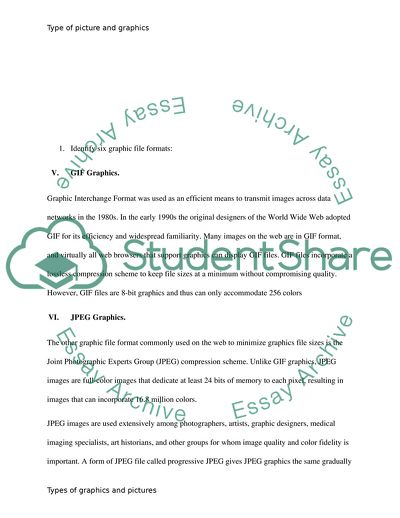Cite this document
(Photo and Graphic Formats Essay Example | Topics and Well Written Essays - 2000 words, n.d.)
Photo and Graphic Formats Essay Example | Topics and Well Written Essays - 2000 words. https://studentshare.org/design-technology/1862044-digital-image-creation-and-development
Photo and Graphic Formats Essay Example | Topics and Well Written Essays - 2000 words. https://studentshare.org/design-technology/1862044-digital-image-creation-and-development
(Photo and Graphic Formats Essay Example | Topics and Well Written Essays - 2000 Words)
Photo and Graphic Formats Essay Example | Topics and Well Written Essays - 2000 Words. https://studentshare.org/design-technology/1862044-digital-image-creation-and-development.
Photo and Graphic Formats Essay Example | Topics and Well Written Essays - 2000 Words. https://studentshare.org/design-technology/1862044-digital-image-creation-and-development.
“Photo and Graphic Formats Essay Example | Topics and Well Written Essays - 2000 Words”. https://studentshare.org/design-technology/1862044-digital-image-creation-and-development.


